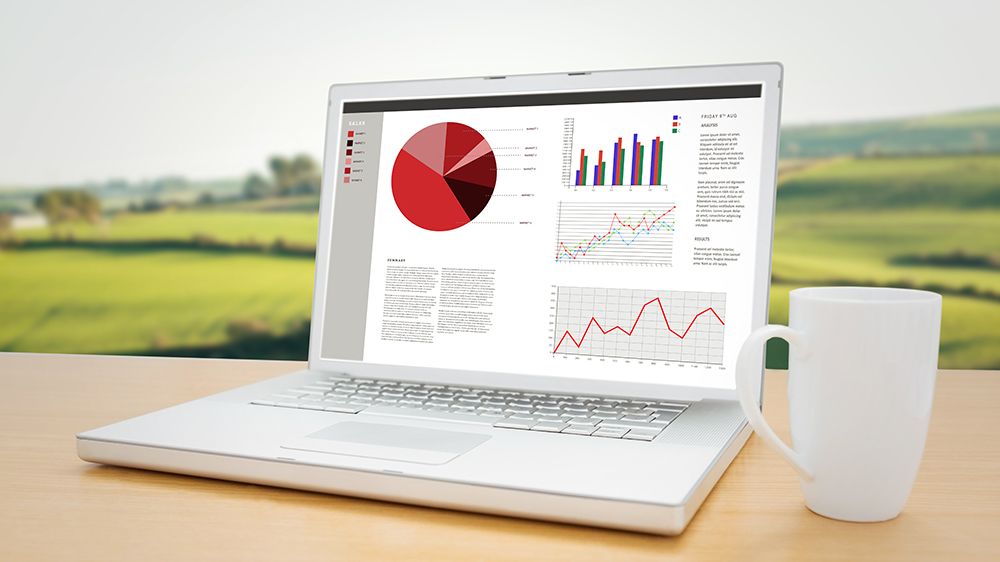Just because data is there it doesn’t mean it’s useful, it could also be wrong or even misleading in the wrong context.
One current trendy feature I’m encountering almost all the time seems to be the addition of functionality to allow you to talk to your applications. Regardless of the industry or sector, almost every product or service has almost certainly got people working on ways to get a speech recognising digital assistant baked into it by any means possible.
In some ways this is a testament to how easy companies like Google, Microsoft and Amazon have made it to expand on the language and capabilities of their assistants. However, I seriously doubt that anyone is likely to make a purchasing decision on whether or not they can verbalise their business or technical questions whilst driving or with their hands otherwise engaged. So, it seriously makes me wonder what is the point? It’s not even like most of these digital assistants can “alert” you – you must directly trigger them to get a status update. Yes, you can use some nifty technologies like IFTTT to do something like “if my service starts failing then then turn my lights red” which is then your prompt to query the assistant directly but really – why not just make sure you have email/text alerts?
Rant over – Now obviously, there are clearly many positives, even essential business benefits you can get from making sure data is tracked, analysed and monitored in real time and having that data available at your fingertips. It helps ensure workflows are tight and maximising the business benefits to you from collecting the data in the first place. Making data relevant and easy as possible to manipulate is one of the great business outcomes from the advances in technology in recent years.
It raises some other issues though. For example, finding the right level of information density, if it gets too thin it is almost pointless and at the other end of the scale it becomes information overload and impossible to make sense of. Most CIOs or executives would often just want a single operational dashboard with a light on it which says “PANIC”. Whilst the light is off they can relax and analyse their enterprise data in terms of how things are improving, be it KPIs or golf swing.
Are You Using Your Data Correctly?
Another issue is one of data integrity. Just because data is there it doesn’t mean it’s useful, it could also be wrong or even misleading in the wrong context. For example, if you plot global temperatures against number of pirates there is a “clear” correlation between the decline in piracy and the increase in global temperatures! We need Blackbeard to save the planet! Is the data you are spending time and effort in collecting benefiting your organisation?
Rather than getting mired in data from the off, I would use the idea of a fully integrated digital assistant as an interesting thought experiment. What would you ask it to improve your work flow or gain more insights into what is happening within your organisation?
– Once you’ve crystallised on some good questions you can start thinking about the implications:
– Do you have the data you need to answer these questions? Where are the gaps
– Can you trust the data? Do you know where it has come from?
– Do you understand the interdependencies between the different data sets?
– Are there areas where the same metrics are duplicated using different data sets? (Probably leading to different values)
– Are all the business units aligned in terms of terminology and expectations? If you must present, your results make sure everyone understands your terminology and time granularity etc.
– Do you collect data which isn’t used in answering any of the questions that get asked from anywhere in the organisation? Can you stop collecting it and save money in process/storage costs?
At the end of the day, whether you want the answer to a single yes/no question or in-depth data on a long series of technical troubleshooting steps, the data which will go into calculating those answers will need to be pulled through from right down on the shop floor all the way to the top. At each level of aggregation and analysis some level of detail may be lost or reinterpreted by someone adding a bespoke layer of analysis.
Hopefully this blog has given you some ideas about reflecting on your day to day tasks and possibly identifying some gaps in your knowledge or even some new ways to ask questions of your organisation!
I hope you enjoyed my blog! If you have any thoughts, questions then please contact us.
